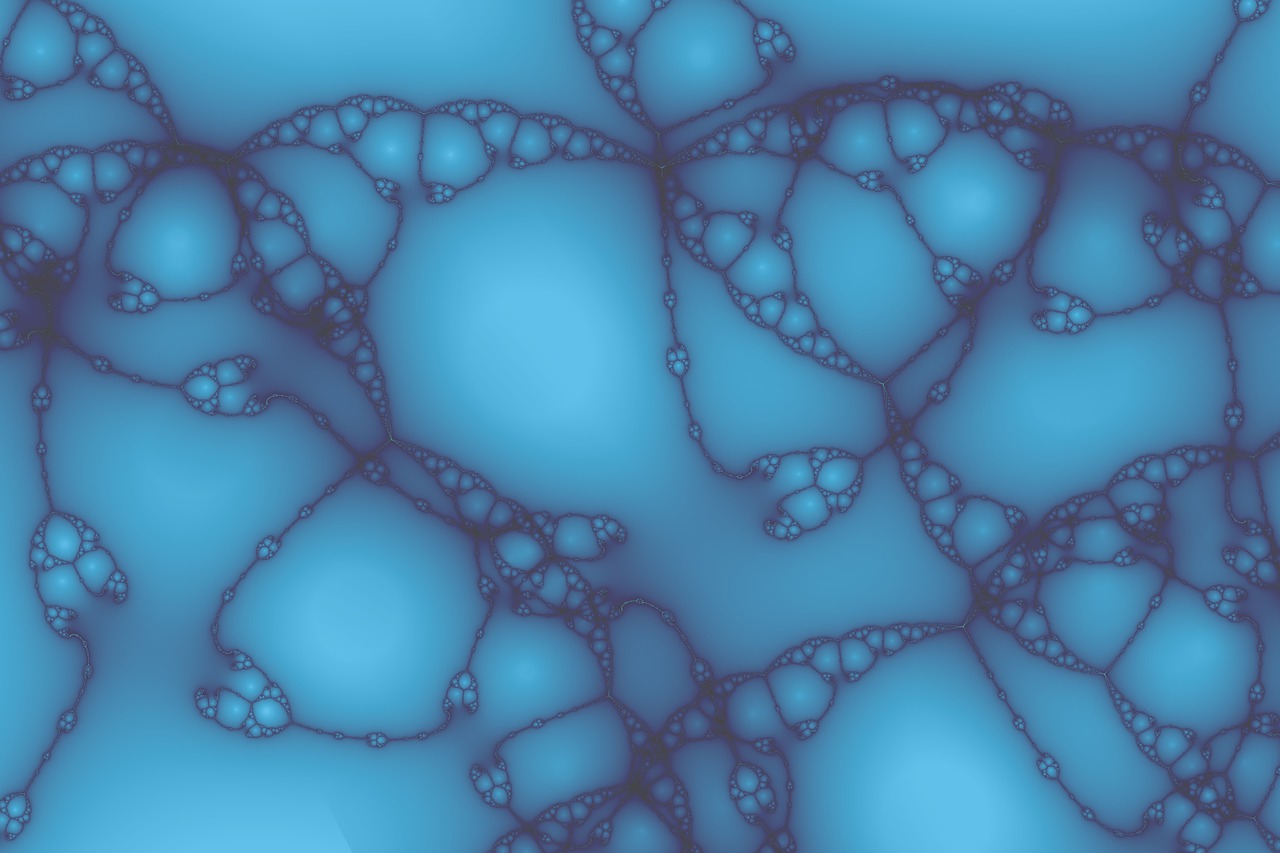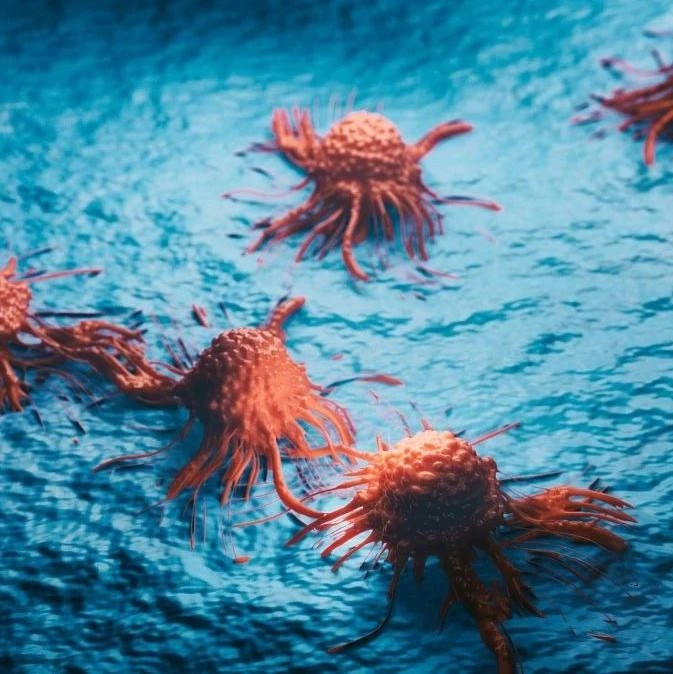In the PNAS Early Edition this week, researchers in Massachusetts model high-grade serous ovarian carcinogenesisfrom the fallopian tubes. Most ovarian cancer research is based on the notion that high-grade serous ovarian carcinoma arises from the ovarian surface epithelial cells, the authors write, though recent studies suggest that almost 50 percent of these carcinomas likely arise from fallopian tube epithelium. The researchers developed a system for studying human fallopian tube secretory epithelial cell transformation, based on "immortalization of FTSECs isolated from primary samples of normal, nondiseased human fallopian tubes, transformation of FTSECs withdefined genetic elements, and xenograft-based tumorigenic assays." Withthis model researchers can now assess the transformative effects of specific genetic alterations on fallopian tube secretory epithelial cells in order to characterize their roles in the development of high-grade serous ovarian carcinoma.
Also in the PNAS Early Edition this week, researchers in Belgium identify the cellular origin of squamous skin tumors.Using mouse genetics to determine the epidermal cell lineages at the origin of squamous cell carcinoma, the researchers activated RAS signaling in different cellular compartments of the skin epidermis and found which epidermal compartments induce RAS activation and squamous tumor formation. "Expression of mutant KRAS in hair follicle bulge stem cells and their immediate progeny, but not in their transient amplifyingmatrix cells, led to benign squamous skin tumor," the researchers write. "Expression of KRasG12D in interfollicular epidermis also led to papilloma formation, demonstrating that squamous tumor initiation is notrestricted to the hair follicle lineages."
Researchers in Spain present findings from a study of light-dependent gene regulation bya coenzyme B12-based photoreceptor. Coenzyme B12 specifically dictates CarH function in the dark and on exposure to light, the authors write. "Our findings unveil a functional facet of AdoB12 whereby it serves as the chromophore of a unique photoreceptor protein class acting in light-dependent gene regulation," the team adds. "The prevalence of similar proteins of unknown function in microbial genomes suggests that this distinct B12-based molecular mechanism for photoregulation may be widespread in bacteria."
And finally in the PNAS Early Edition this week, researchers in Baltimore say the DNA strand-break repair protein aprataxin localizes to the mitochondriaand preserves mitochondrial function. Transcripts encoding a unique N-terminal amino acid sequence that targets certain isoforms of the protein are expressed in the human brain, and depletion of aprataxin in human SH-SY5Y neuroblastoma cells and primary skeletal muscle myoblasts results in mitochondrial dysfunction, the authors write. "Moreover," they add, "mtDNA, not nuclear DNA, was found to have higher levels of background DNA damage on aprataxin knockdown, suggesting a direct role for the enzyme in mtDNA processing."







